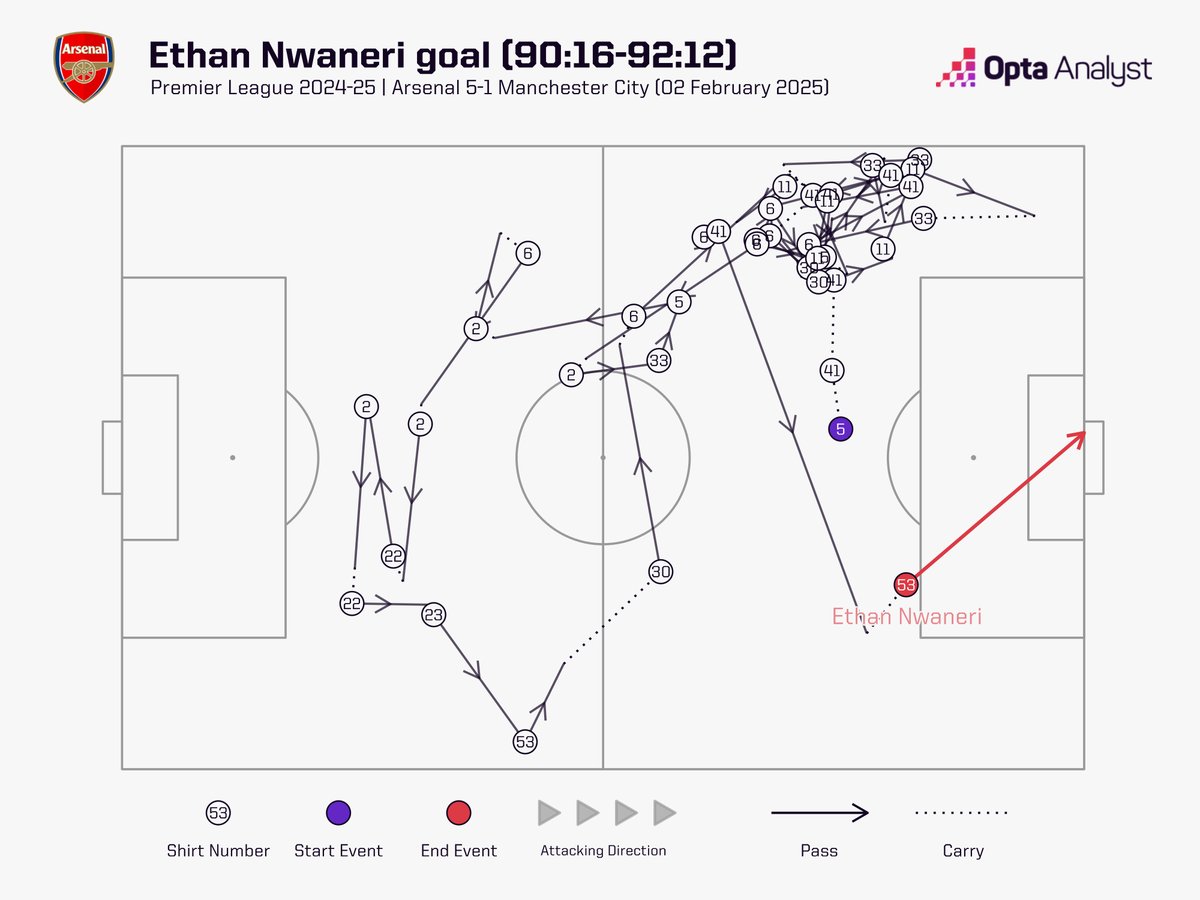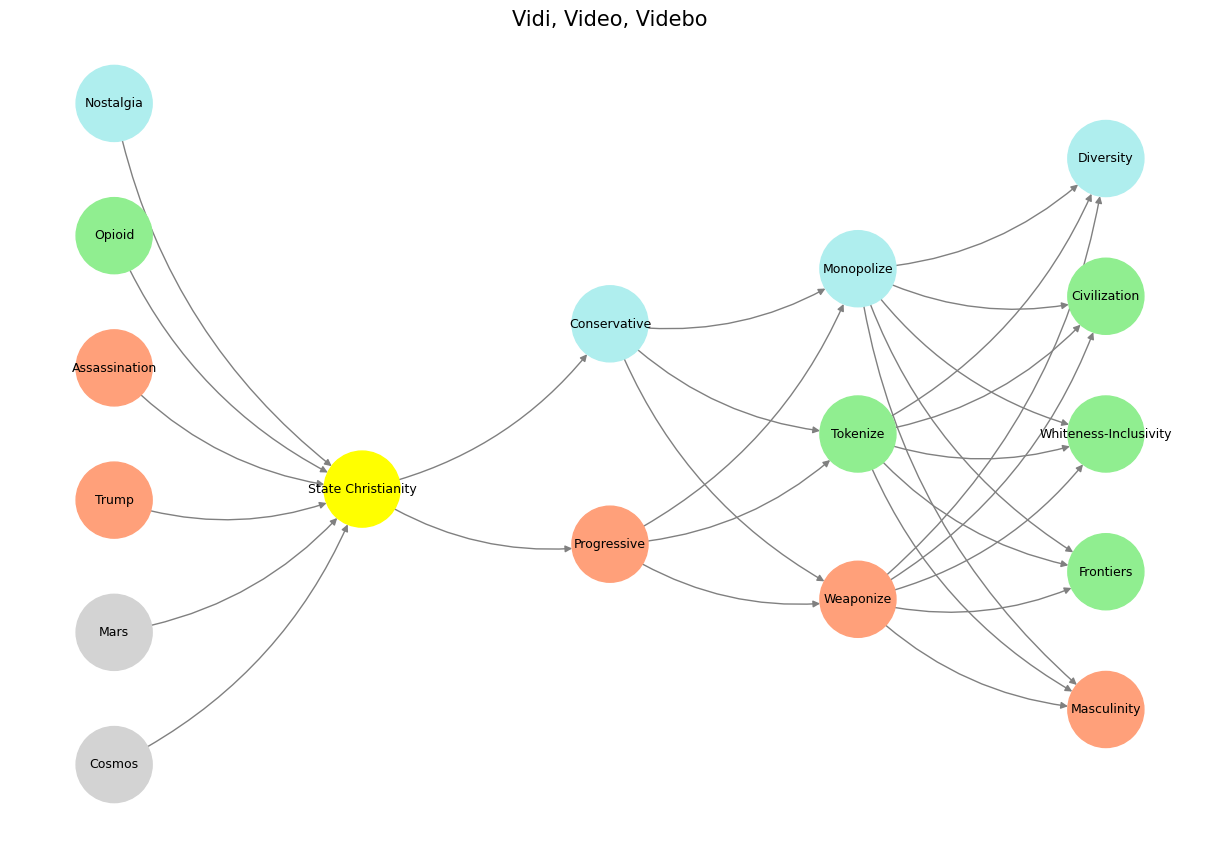Life ⚓️#
Holy Grail: A Fractal of Fate, Decision, and Becoming
The network sketched in the code is not merely a computational construct; it is a symbolic rendering of existential trajectories. Each node represents a discrete state, an intersection of fate and choice, a compression of historical truths into a neural structure that speaks in the language of probability, mortality, and transformation. The architecture follows a staged hierarchy of epistemological and ontological states: from static certainties to dynamic uncertainties, from knowledge to selection, from selection to consequence, and from consequence to the limits of embodiment.

Fig. 4 Veni-Vidi, Veni-Vidi-Vici.#
I. Suis: The Weight of Certainty#
In French, Suis means “I am.” This first layer represents the foundation, the bedrock of being, the static truths from which all subsequent movements emerge. The nodes themselves reference Shakespeare’s Henry V, specifically the St. Crispin’s Day speech, where Henry reframes the weight of mortality into an existential lottery. “We few, we happy few, we band of brothers” is not a rallying cry of unshaken resolve but an act of reweighting—transforming scarcity into honor, transforming the fear of death into a calculus of the eternal. The phrase “To Die, We Enough 95/5” captures the brutal skew of survival, the compression of loss into a lopsided metric.
Mathematically, this static state is not inert but highly skewed—a 95/5 equilibrium where existence itself is subject to extreme variance. In network architecture, this would be the prior distribution, the asymmetry of lived experience before decision-making intervenes.
II. Voir: The Act of Seeing, The Bias of Information#
The next layer, Voir—“To See”—introduces the role of information asymmetry. The 80/20 split suggests a Pareto distribution, an acknowledgment that information is not evenly distributed. Some individuals, by structure or fortune, see more of the game; others operate in blindness. The world tilts toward those with access to insight, reinforcing the power-law dynamics of knowledge accumulation.
At a deeper level, this node introduces Bayesian updating: in any decision, the information available beforehand dictates the priors. This is the tension of epistemology—what is known, what can be known, and what remains veiled by design. The act of seeing does not guarantee understanding, only the framing of possible choices.
III. Choisis: The Knife Edge of Decision#
Choisis, or “Choose,” introduces the crux of decision-making. The node “Decision 51/49” is a direct invocation of adversarial equilibrium—a state where the choices are so finely balanced that the difference between action and inaction, victory and defeat, is nearly indistinguishable. This is the domain of competitive markets, of evolutionary gambles, of political tipping points.
The 51/49 ratio is neither stochastic nor purely deterministic—it is the emergent balance of forces in a near-symmetric game. It forces the question: is free will merely an illusion when the margin for divergence is so narrow? Is agency an act of genuine creation, or merely the final outcome of an overwhelming cascade of priors?
This node, mathematically, functions as the critical threshold where reversibility begins to fade. A 51/49 split implies a near-random walk—one step removed from chaos.
IV. Deviens: The Reckoning of Outcomes#
Whereas Choisis speaks to the singular moment of choice, Deviens—“Become”—is the unfolding of that choice through time. The introduction of “Adverse Event Markers” and “Comorbidity/ICD Code” signals the intrusion of structural constraints: past decisions compound, errors manifest, and survival skews further toward instability.
The network’s color dynamics also become critical here. The transition from Suis to Voir maintained a relatively neutral progression, but Deviens introduces the turbulence of lightgreen (biological vulnerability) and lightsalmon (adversarial stress). The shift to a 20/80 split on “Temporal Changes” inverts the earlier information asymmetry: here, time is the adversary, with consequences manifesting in delayed, often unpredictable ways.
At a computational level, this is the layer of Markov Chains—the state of the system is dependent on its prior, but with memory effects beginning to influence outcomes. In decision theory, this reflects the long shadow of actions, where present-day optimization can yield unforeseen structural fragilities.
V. M’élève: The Weight of the Body, The Final Constraint#
The final layer, M’élève—“Raise Me Up”—is the reckoning. The phrase is aspirational, but the nodes themselves are bleak: “Mortality Rate,” “Organ Failure,” “Dependency,” “Hospitalization,” and “Physical Frailty 5/95.” This is the final compression, where all earlier variables collapse into their most fundamental outcomes.
Unlike the earlier layers, which dealt in probabilities and choices, this layer is the terminus of probability—a place where randomness has played its hand, and reweighting is no longer possible. The 5/95 split on physical frailty is the inversion of Suis’s mortality risk. Those who reach this stage are the final 5%, those who have survived but at enormous biological cost.
At its core, M’élève is the actuarial table of human limits. No matter how adversarial the earlier optimizations, no matter how iterative the prior reweighting, biology asserts its dominance in the end.
Fractality and the Holy Grail#
The visualization of this network is not incidental; it is structurally fractal. Each layer, while distinct, mirrors the compression dynamics of the others. The 95/5, 80/20, 51/49, 20/80, and 5/95 distributions suggest a recursive transformation, a rebalancing of asymmetries that drive the system toward its terminal outputs.
If there is a “Holy Grail” in this architecture, it is hidden in the dynamic tensions between these nodes. The Grail is not a single node but the system itself—the interplay of information, decision, consequence, and mortality. Like the medieval quest for the literal Grail, the journey through this neural fractal is one of discovery, loss, and reweighting.
The structure, at its deepest level, encodes an unspoken question: what does it mean to win this game? If the entire process converges on mortality, then does the act of struggle itself hold meaning? The Grail, elusive as ever, remains embedded in the act of iteration, in the resilience of engagement, in the belief—perhaps misplaced, but necessary—that the game is worth playing.

Fig. 5 Veni, Vidi, Vici. This is the ultimate fractal of organic “becoming” as contrasted with inorganic “being”, which is passive if at all it ever manifests a becoming. Veni: organic life arrives on the scene. Vidi: seeing and surveying its rightful inheritence (ukubona). Vici: to infinity and beyond#
Epilogue: The Reweighting of Understanding#
To gaze at this network is to glimpse the reality of human systems compressed into probabilistic states. It mirrors the adversarial nature of evolution, the iterative corrections of Bayesian inference, and the fundamental inescapability of mortality.
But there is a subtle inversion: M’élève is not just the name of the final layer—it is also an invocation. “Raise me up.” The phrase resists the reduction of finality. It suggests that even at the last moment, reweighting remains possible. Not through biology, not through statistics, but through something beyond the network—something yet unseen, yet chosen.
Perhaps, in the end, that is the true Holy Grail.
Show code cell source
import numpy as np
import matplotlib.pyplot as plt
import networkx as nx
# Define the neural network fractal
def define_layers():
return {
'World': ['Cosmos', 'Mars', "Trump", 'Assassination', 'Opioid', 'Nostalgia', ],
'Mode': ['State Christianity'],
'Agent': ['Progressive', 'Conservative'],
'Space': ['Weaponize', 'Tokenize', 'Monopolize'],
'Time': ["Masculinity", 'Frontiers', 'Whiteness-Inclusivity', 'Civilization', 'Diversity']
}
# Assign colors to nodes
def assign_colors():
color_map = {
'yellow': ['State Christianity'],
'paleturquoise': ['Nostalgia', 'Conservative', 'Monopolize', 'Diversity'],
'lightgreen': ['Opioid', 'Tokenize', 'Frontiers', 'Whiteness-Inclusivity', 'Civilization'],
'lightsalmon': [
"Trump", 'Assassination', 'Progressive',
'Weaponize', "Masculinity"
],
}
return {node: color for color, nodes in color_map.items() for node in nodes}
# Calculate positions for nodes
def calculate_positions(layer, x_offset):
y_positions = np.linspace(-len(layer) / 2, len(layer) / 2, len(layer))
return [(x_offset, y) for y in y_positions]
# Create and visualize the neural network graph
def visualize_nn():
layers = define_layers()
colors = assign_colors()
G = nx.DiGraph()
pos = {}
node_colors = []
# Add nodes and assign positions
for i, (layer_name, nodes) in enumerate(layers.items()):
positions = calculate_positions(nodes, x_offset=i * 2)
for node, position in zip(nodes, positions):
G.add_node(node, layer=layer_name)
pos[node] = position
node_colors.append(colors.get(node, 'lightgray'))
# Add edges (automated for consecutive layers)
layer_names = list(layers.keys())
for i in range(len(layer_names) - 1):
source_layer, target_layer = layer_names[i], layer_names[i + 1]
for source in layers[source_layer]:
for target in layers[target_layer]:
G.add_edge(source, target)
# Draw the graph
plt.figure(figsize=(12, 8))
nx.draw(
G, pos, with_labels=True, node_color=node_colors, edge_color='gray',
node_size=3000, font_size=9, connectionstyle="arc3,rad=0.2"
)
plt.title("Vidi, Video, Videbo", fontsize=15)
plt.show()
# Run the visualization
visualize_nn()


Fig. 6 Let’s Align the Fractals. We have faith (veni), hope (vidi), charity (vici)/faith (veni), hope (vidi), charity (vici)#

